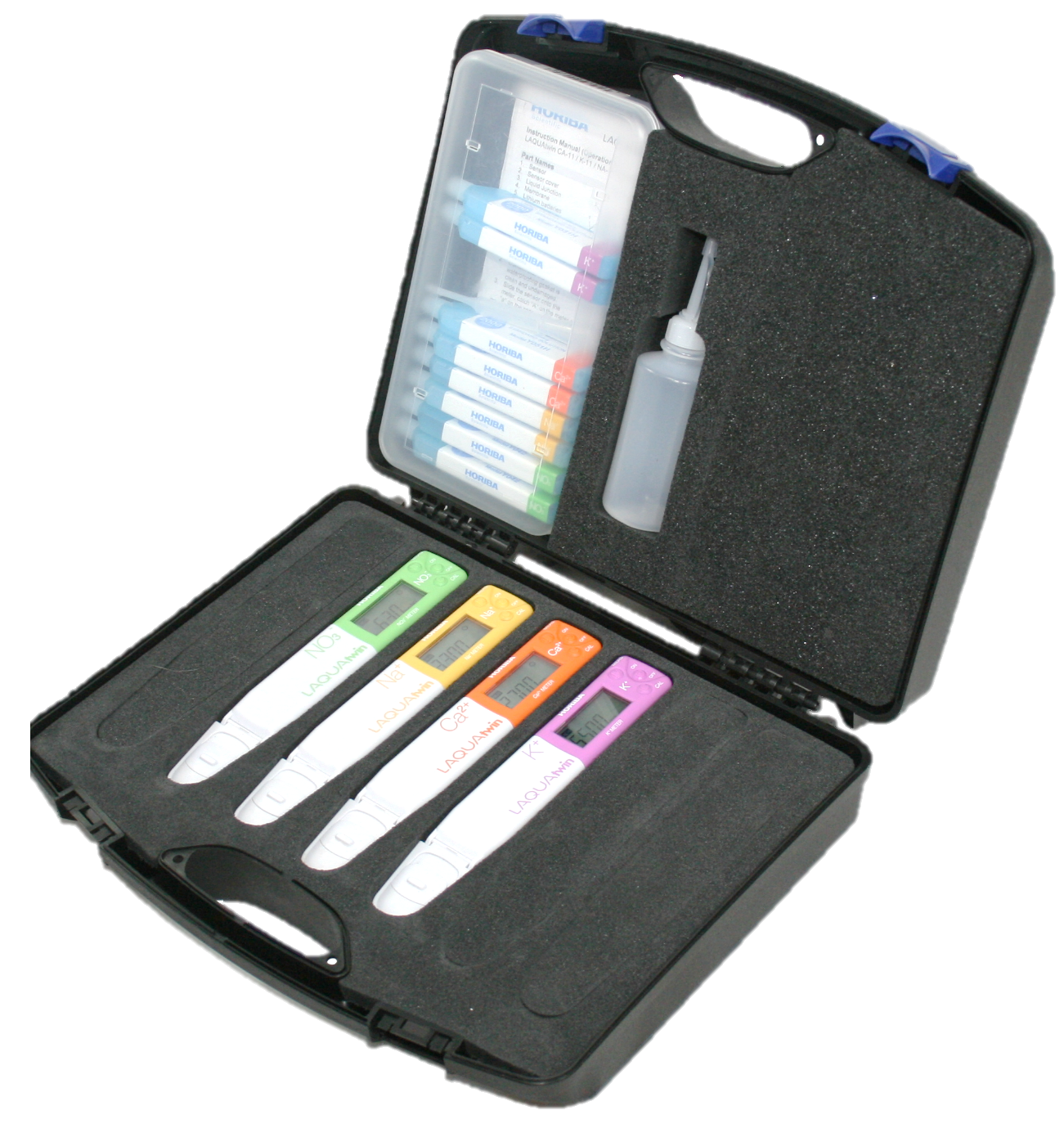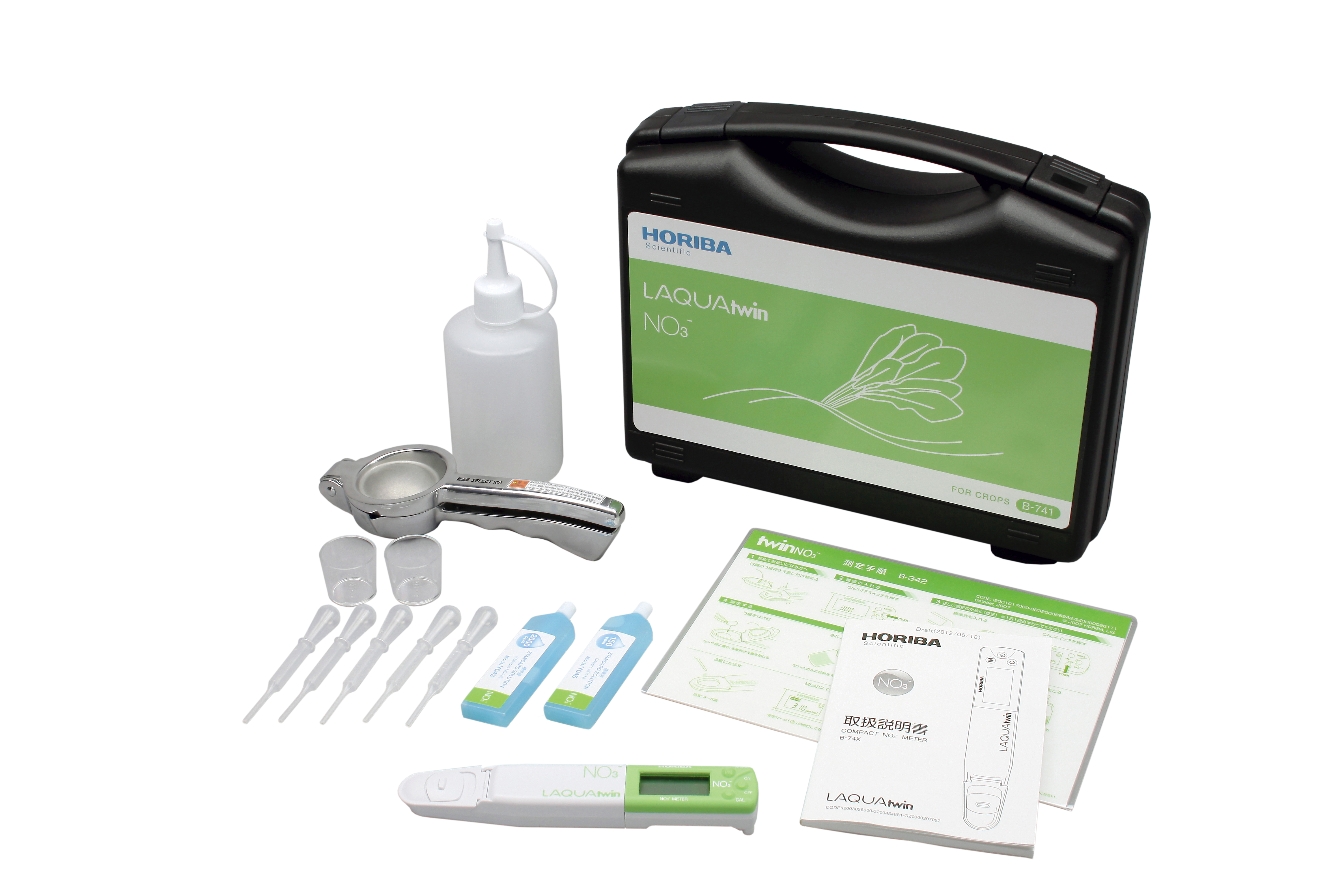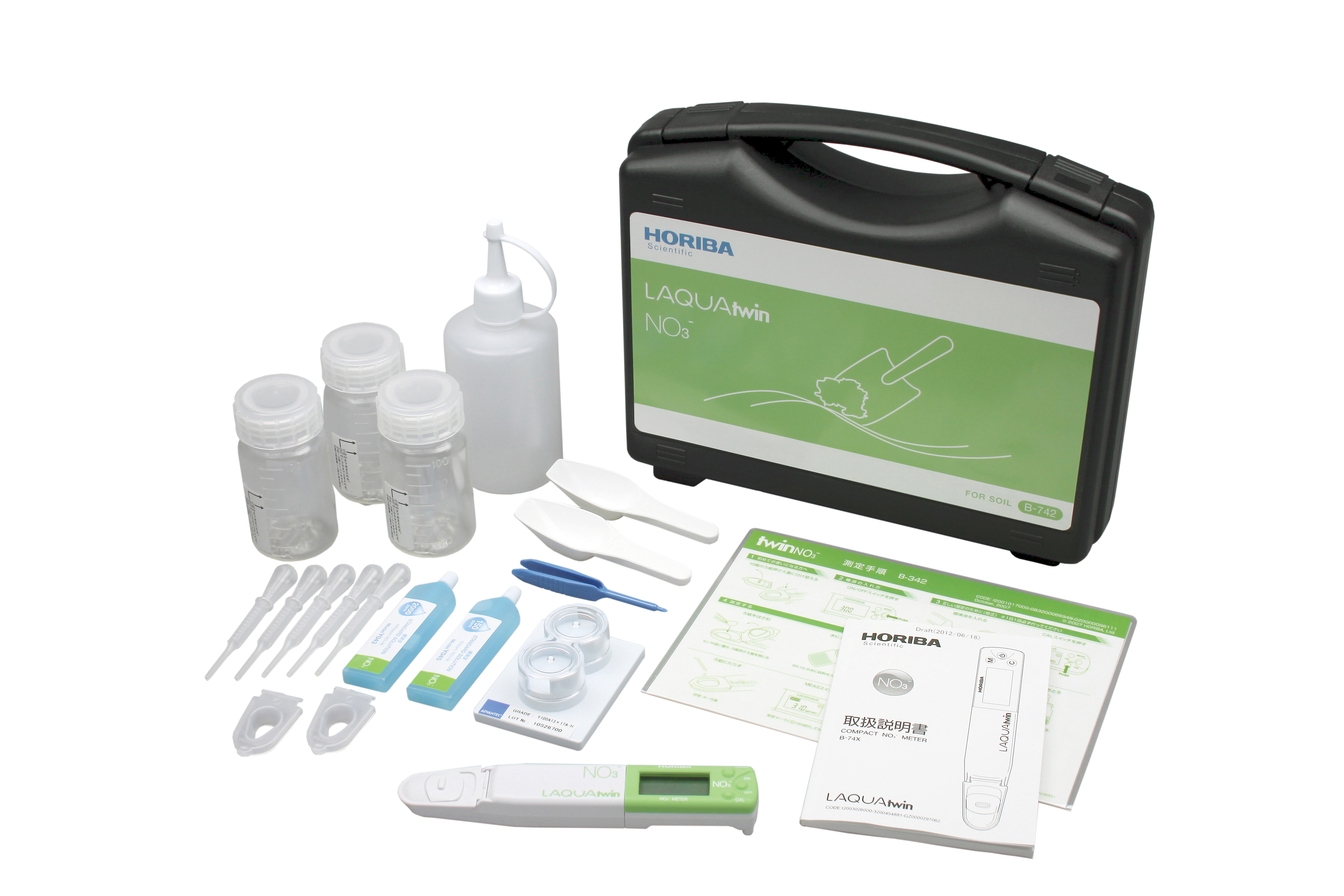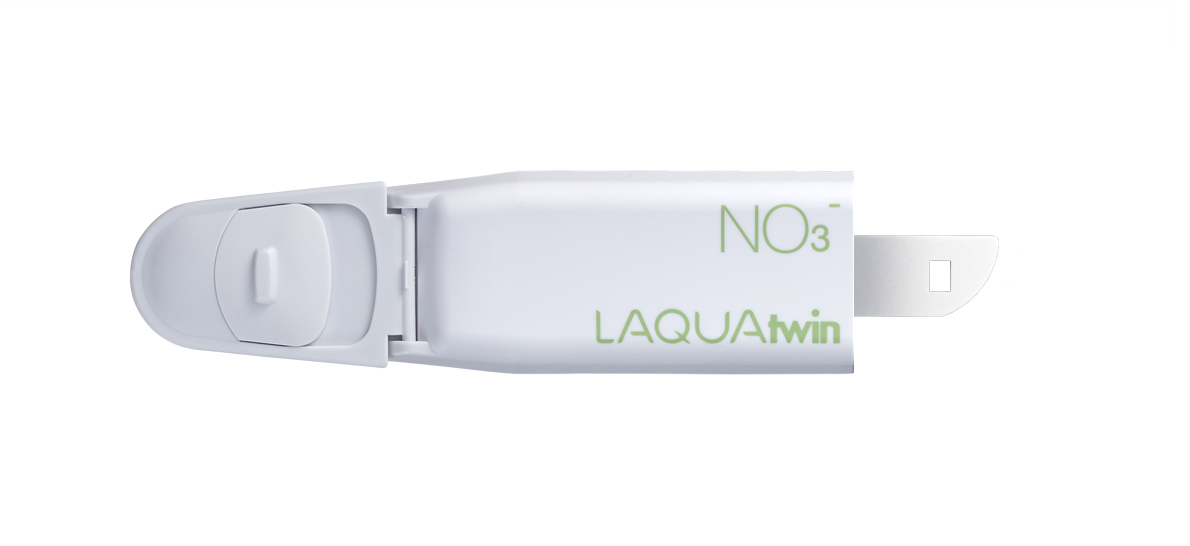Nitrate and potassium guide for growing white cabbage
White cabbage is a high-demand leafy crop that requires balanced nitrate (NO₃⁻) and potassium (K⁺) nutrition for optimal yield, quality, and storability. Real-time measurement of these nutrients in fresh plant sap provides immediate insights into nutrient uptake and plant health—allowing for in-season fertilization adjustments and better crop management.
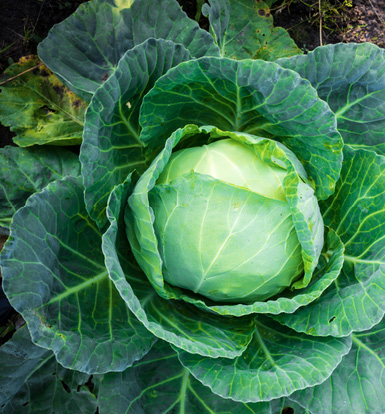
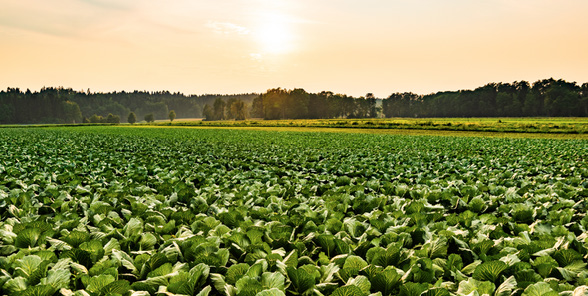
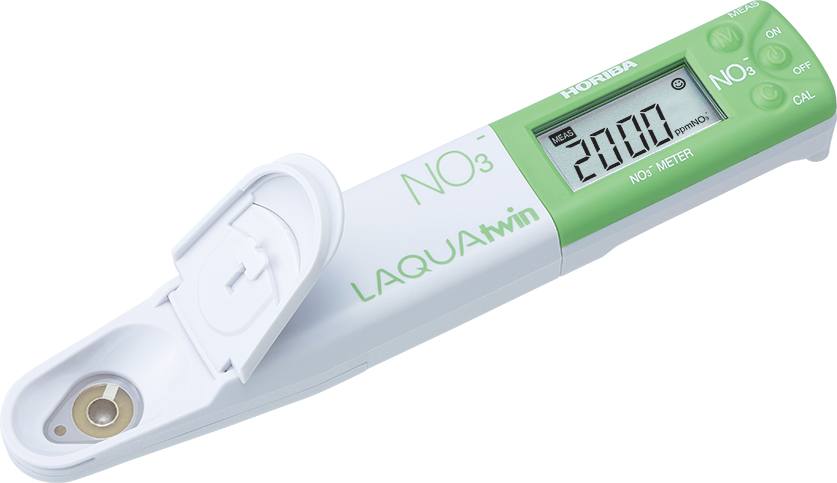

Nitrate Spotlight
Role of Nitrate in Cabbage Production
- Supports leaf expansion, protein synthesis, and chlorophyll formation.
- Promotes vigorous vegetative growth needed for large, dense heads.
- Deficiency results in stunted growth, yellowing leaves, and poor head development.
Causes of Nitrate Deficiency
- Leaching from heavy rainfall or irrigation—common in sandy soils.
- Inadequate nitrogen applications or poor timing.
- Cold soil temperatures slowing nitrification.
- Imbalanced soil pH, reducing nitrogen uptake efficiency.
- High crop nitrogen demand, especially in rapid growth stages.
Potassium Spotlight
Role of Potassium in Cabbage Production
- Enhances cell turgor, keeping leaves firm and crisp.
- Regulates water balance and stomatal function.
- Improves stress tolerance, disease resistance, and post-harvest quality.
Causes of Potassium Deficiency
- Low soil K reserves or leaching.
- Competition with calcium or magnesium affecting uptake.
- Inadequate in-season potassium supply.
- High nitrogen-to-potassium imbalance
Sap analysis using the LAQUAtwin ion meters:
A Practical Tool for In-Field Nutrient Diagnosis.
Modern crop management relies on real-time insights to guide nutrient strategies throughout the growing season. Traditional laboratory testing, while accurate, often takes several days to deliver results—limiting a grower's ability to make timely adjustments.
The HORIBA LAQUAtwin Nitrate (NO3-11) and Potassium (K-11) Ion Meters provide a rapid, on-site alternative, enabling cabbage growers to check the nutrient uptake status of their plants in minutes, directly in the field, greenhouse, or packing shed.
Why Measure Sap Nutrients?
Nutrient levels in fresh plant sap reflect what the plant is actually absorbing and transporting, offering a more accurate picture of nutrient uptake compared to soil-only tests. This method helps detect hidden deficiencies before visible symptoms appear and supports precision management throughout the crop cycle.
Measurement in Fresh Plant Sap Using LAQUAtwin Meters
The LAQUAtwin Nitrate and Potassium Ion Meters allow for fast, accurate nutrient checks using just a few drops of cabbage leaf sap.
Sampling & Measurement Protocol
- Collect leaf samples
- Select 20–30 mature outer leaves from randomly selected plants across the field. This ensures that the results are representative of the entire crop.
- Avoid damaged or discolored leaves.
- Extract sap
- Roll the leaves and place them in a garlic press or manual sap extractor.
- Squeeze enough sap to apply several drops on the sensor.
- Calibrate your meter
- Before measuring, calibrate the meter using the 150 ppm and 2000 ppm standard solutions provided in the kit. Follow the manufacturer's instructions for best accuracy.
- Measurement
- Apply sap drops to fully cover the sensor on the LAQUAtwin meter.
- Wait for the stabilization indicator before recording the reading, displayed in ppm NO₃⁻ (nitrate) or NO₃-N (nitrate-nitrogen) and ppm K⁺ (potassium ion).
- Clean the sensor
- After each measurement, rinse the sensor with clean water and gently blot dry to prevent contamination between samples.
- Repeat and Record
- Conduct 2–3 additional measurements using different leaf samples to confirm consistency.
- Log all readings with date, time, and growth stage for future comparison.
Note: Avoid direct sunlight or high heat. Bring samples indoors and allow them to reach room temperature before testing to avoid measurement drift.
Interpreting Sap results for Cabbage
It's essential to interpret readings based on the growth stage and target ranges. For cabbage, nutrient requirements shift as the crop matures, typically declining toward harvest as the plant transitions from leaf expansion to head filling.
| Growth stage | Nitrate-N (NO₃⁻ N) ppm | Potassium (K⁺) ppm |
|---|---|---|
| Early leaf expansion | 800-1200 | 2500-3500 |
| Head initiation (cupping) | 600-900 | 3000-4000 |
| Head filling & Maturation | 400-700 | 3500-4500 |
Note: Local conditions, varieties, and market requirements may influence these targets. Consult with agronomists or extension services for region-specific recommendations.
Best practices for Nitrate and Potassium Management in white Cabbage
- Split Fertilizer Applications: Apply nitrogen and potassium in multiple stages based on sap data and crop demand.
- Soil Health Management: Integrate organic matter and cover crops to improve nutrient cycling and soil structure.
- Water Management: Prevent nutrient leaching by managing irrigation schedules based on soil type and weather conditions.
- Regular Sap Monitoring: Check nutrient levels weekly or bi-weekly to stay ahead of nutrient imbalances.
- Complement with Soil and Tissue Tests: Use sap analysis alongside traditional lab tests for a comprehensive nutrient management plan.
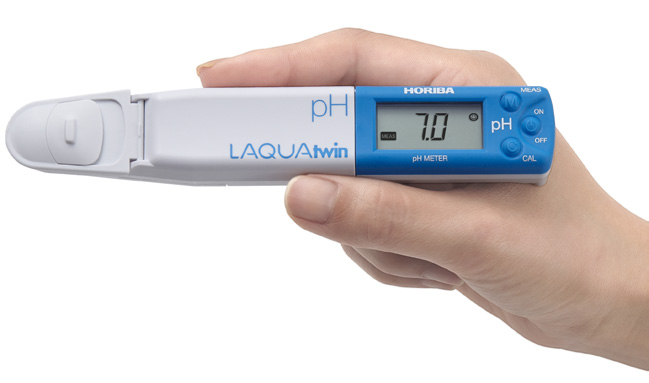
LAQUAtwin: the only meters with flat sensor technology.
HORIBA’s highly-sensitive, flat sensor technology opens up new possibilities for sampling and sample types. Only a small amount of sample is required, so you can easily sample in situ without the need for beakers or other labware. Sensors are easily replaced as required.
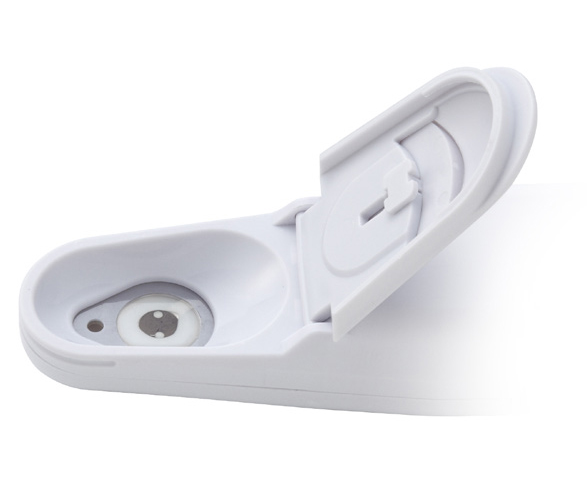
Calibrate and measure at the touch of a button — the smiley face will tell you when the result can be read.
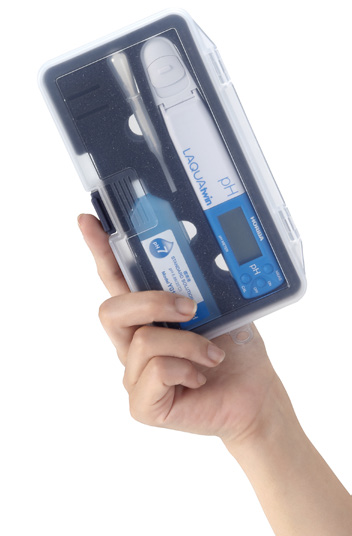
LAQUAtwin is fully waterproof and dustproof.
The meter and sensor are fully waterproof* and dustproof, so you can take it anywhere.
* IP67 rated. Will withstand immersion for 30 minutes at 1 m. Not suitable for underwater use.
Carry case comes as standard for handy portability.
The compact carry case contains everything you need for your measurements, including the standard solution and sampling sheets.

